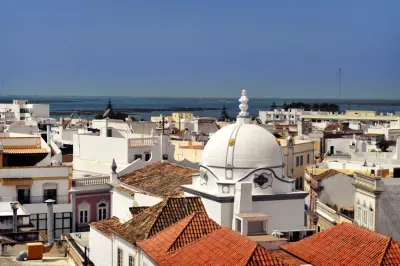Ilha da Culatra
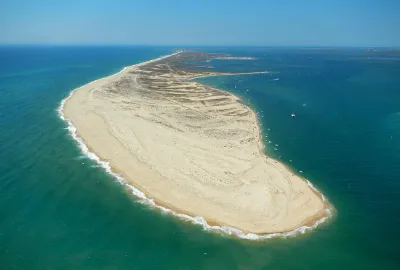
The car-free sandbank island of Culatra is a popular destination for day-trippers who come here to get away from the crowds on the Algarve mainland and to enjoy the calm waters and stunning beaches on offer here.
The Ilha da Cultura is basically one huge beach on which you will always be able to find a quiet spot to throw your towel down. Nude sunbathing is not unheard of here so don't be surprised if you go wandering among the dunes!
Parque Natural da Ria Formosa
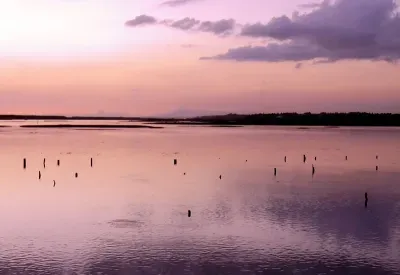
The Ria Formosa estuary forms a complex of lagoons,marshes and salty areas. The park which extends 60Km along the coast provides habitats to a wide range of wildlife
Ermida de Santo António do Alto
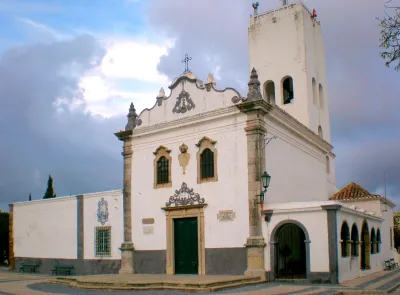
A steep climb up to the highest point in Faro will bring the visitor to the Hermitage of Santo Antonio do Alte, a small church dedicated to St Anthony. The saint most usually referred to as St Anthony of Padua was actually born in Lisbon and for this reason he has a special place in Portuguese religious sentiment. In Portugal he is considered to be the patron saint of lost things, of unmarried men and women looking for a spouse and of the newly married.
Ermida de Nossa Senhora do Pé da Cruz
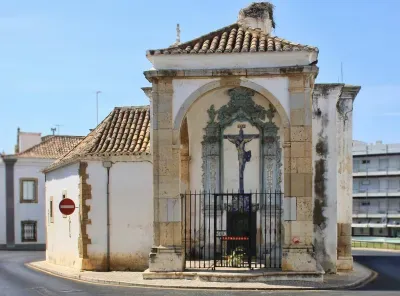
The Ermida de Nossa Senhora do Pé da Cruz (hermitage of Our Lady at the Foot of the Cross) is Largo do Pé da Cruz (formerly Largo do Poço dos Cântaros), a little way away from Faro's other sights.
The original chapel was built here around 1644 but was almost completely destroyed by the Great Earthquake of 1755. The understated, whitewashed Baroque style building we see here today was built in 1861.
Teatro Lethes
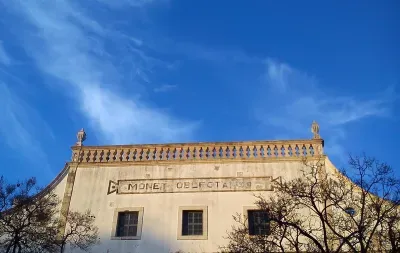
The Lethes theatre building may look a little tired on the outside, but don’t let that put you off. Step inside and you will be transported to the latter half of the 19th century. The décor of plush velvet, painted ceiling and exquisite wooden carvings will make you feel as though you are in a bijoux version of a historic Italian opera house. There are four tiers arranged around the intimate auditorium and if you go to a performance here try to get seats in one of the boxes for that once-in-a-lifetime experience. It won’t cost any more than the ordinary seats.
Ermida Nossa Senhora do Repouso
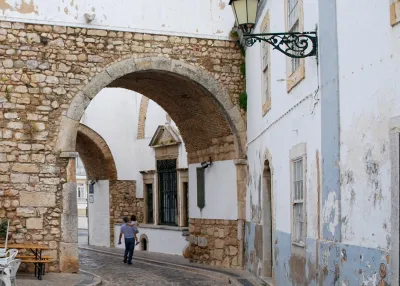
The Ermida Nossa Senhora do Repouso (Hermitage of Our Lady of Rest) is a small chapel with a Baroque-style façade. The building we see here today was mainly built in 18th century under the sponsorship of the Queen. A notable feature of the church is that it is built into the Arco do Repousa, one of the ancient Arabic arches of the defensive walls of Faro's Old Town.
City Walls - Faro
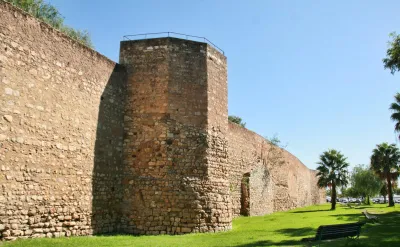
Faro's ancient city walls (Muralhas de Faro), parts of which form a broken ring around Faro’s compact Cidade Velha (Old Town) have an interesting history, reflecting the town's tumultuous past. The Romans, who called the town Ossonoba, made their presence felt here and built a wall around the area which would have contained the forum and various important buildings.
Capela dos Ossos (Faro)
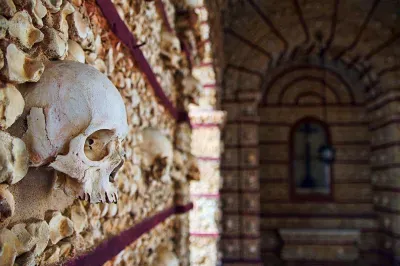
Without doubt the most macabre of Faro's many attractions is the Capela dos Ossos (Chapel of the Bones), a minuscule ossuary chapel lovingly decorated with the bones and skulls of over 1000 human skeletons. The chapel forms part of the beautiful 18th century Igreja da Nossa Senhora do Carmo (Our Lady of Mount Carmel) Church, with its whitewashed Baroque exterior and richly gilded interior.
Igreja do Carmo, Faro

The Igreja do Carmo in Faro, with its Baroque façade and twin bell towers is one of the finest churches on the Algarve. The Carmelite church was built throughout much of the 18th and 19th centuries, starting in 1719. Disaster struck in 1755 when the great earthquake that hit Portugal badly damaged the church. However, a new facade was designed by mason Diogo Gonçalves including the now iconic bell towers.
Faro Archaeological Museum
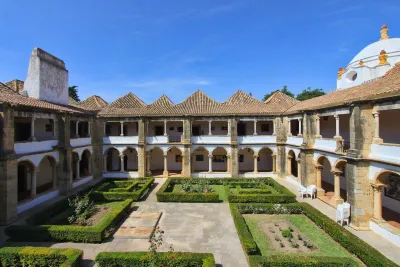
Also known as the Museu Municipal, this was founded as an archaeological museum in 1894 and is well worth a visit if you are in Faro. It occupies the site of the 16th century convent of Nossa Senhora da Assunção (Our Lady of the Assumption) whose peaceful, cloistered gardens alone make the visit worthwhile.
